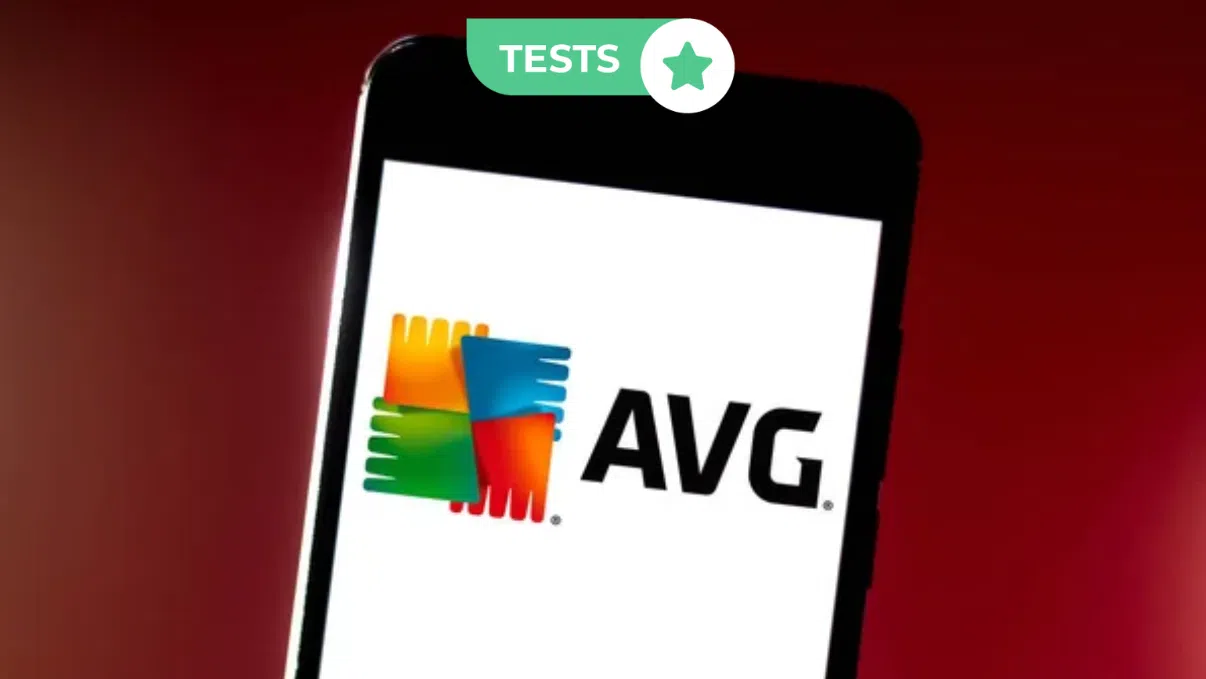
Introduction to Android Emulators
Understanding Android emulators is crucial before diving into specifics. An Android emulator mimics the environment of an Android device on your computer. This allows running, testing, and developing Android applications without needing a physical device.
Why Use an Android Emulator?
- Development and Testing: Developers test applications on different Android versions and screen sizes without needing multiple devices.
- Casual Use: Users experience Android without purchasing a device.
- Debugging: Provides a controlled environment for identifying and fixing issues.
Prerequisites for Using the M.avg com Android Emulator
Ensure your system meets the minimum requirements:
- Operating System: Compatible with 64-bit versions of Windows, macOS, or Linux.
- Processor: Multi-core processor recommended; quad-core or better ideal.
- RAM: At least 4GB recommended; 8GB or more preferable.
- Storage Space: Sufficient free storage for the emulator and Android system image.
- Graphics Card: Dedicated graphics card improves performance, especially for graphics-intensive applications.
Installing the M.avg com Android Emulator
Follow these steps to install the emulator:
Download the Emulator
- Visit the official website of M.avg com and download the Android emulator software.
Extract the Downloaded File
- Navigate to your Downloads folder and extract the downloaded file using an archive manager like WinRAR or 7-Zip.
Move to Opt Directory
- Move the extracted folder to
/optusing a command likesudo mv android-emulator /opt/.
Run Studio.sh
- Navigate to the bin directory inside the extracted folder using
cd /opt/android-emulator/bin. - Run the
studio.shscript using./studio.shto launch the Android Studio interface.
Install SDK
- Follow on-screen instructions to install the SDK, which may involve downloading additional components and setting up your environment.
Create Virtual Device
- Open AVD Manager in Android Studio by clicking on
Tools>AVD Manager. - Click on
Create Virtual Deviceand select a device from the list. - Choose a system image matching your desired Android version.
- Configure additional settings if needed, such as memory size or SD card size.
- Click
Finishto create your virtual device.
Run Emulator
- Once your virtual device is created, click the green play button to start the emulator.
Verify Installation
- Ensure the emulator runs smoothly by testing with a sample app. Download sample apps from the Google Play Store or use pre-installed apps like Google Maps.
Tips for Effective Use
Optimize your experience with these tips:
Optimize Performance
- Allocate enough RAM and CPU to the emulator. Adjust these settings in the AVD Manager.
- Close unnecessary programs to free up resources.
Use Keyboard Shortcuts
- Familiarize yourself with keyboard shortcuts like
Ctrl+Mfor the menu orCtrl+F11to rotate the screen.
Test on Multiple Devices
- Emulate different screen sizes and resolutions to ensure your app looks good everywhere.
Enable GPU Acceleration
- Turn on GPU acceleration in the emulator settings to boost graphics performance.
Regular Updates
- Keep the emulator and SDK tools updated to avoid compatibility issues and access the latest features.
Snapshot Feature
- Use snapshots to save the emulator state at any point during testing or development.
Debugging Tools
- Utilize built-in debugging tools like Logcat to identify and fix issues faster.
Network Configuration
- Test apps under different network conditions by simulating slow or fast connections within the emulator settings.
Battery Simulation
- Check how your app performs with different battery levels by simulating low power scenarios within the emulator settings.
Multi-Touch Gestures
- Use multi-touch gestures to test pinch, zoom, and other gestures crucial for apps relying on touch interactions.
Backup Data
- Regularly back up your emulator data to prevent loss of important configurations or app data.
Custom Skins
- Use custom device skins to see how your app looks on specific devices.
Automation
- Integrate the emulator with CI/CD pipelines to automate testing and ensure consistent app quality.
Documentation
- Keep notes on emulator settings and configurations to help replicate environments easily.
Feedback Loop
- Gather feedback from users and incorporate it into your testing scenarios to ensure the app meets real-world needs.
Troubleshooting Common Problems
Resolve common issues with these troubleshooting steps:
Emulator Runs Slowly
- Ensure your computer has enough RAM and CPU power. Close unnecessary programs to free up resources.
- Enable GPU acceleration if available.
- Adjust emulator settings to allocate more resources.
Emulator Crashes Frequently
- Check for updates of both the emulator and SDK tools.
- Ensure your system meets all prerequisites.
- Try resetting the AVD or creating a new one if necessary.
App Installation Issues
- Ensure necessary permissions for app installation are granted.
- Check for issues with the Google Play Store or other app stores.
- Try installing apps from other sources if necessary.
Network Connectivity Issues
- Check network settings within the emulator.
- Ensure a stable internet connection.
- Restart both your computer and the emulator if necessary.
Graphics Performance Issues
- Enable GPU acceleration if available.
- Adjust emulator settings to allocate more resources for graphics processing.
- Consider upgrading your graphics card if outdated.
By following these steps and tips, you can effectively use the M.avg com Android Emulator for various purposes ranging from development and testing to casual use and debugging applications. Regular updates and performance optimization ensure smooth operation of your emulator.
